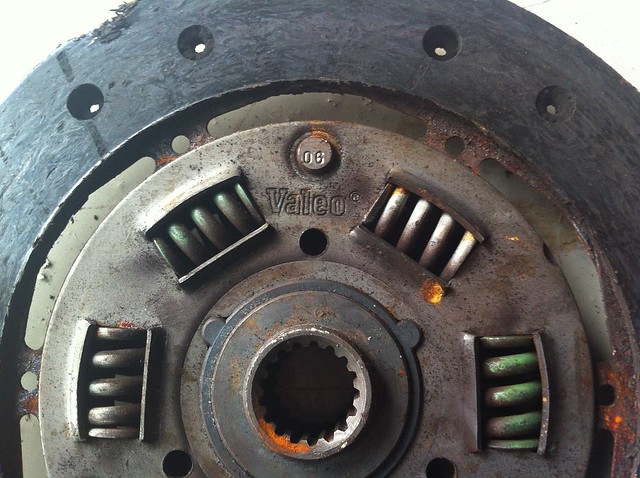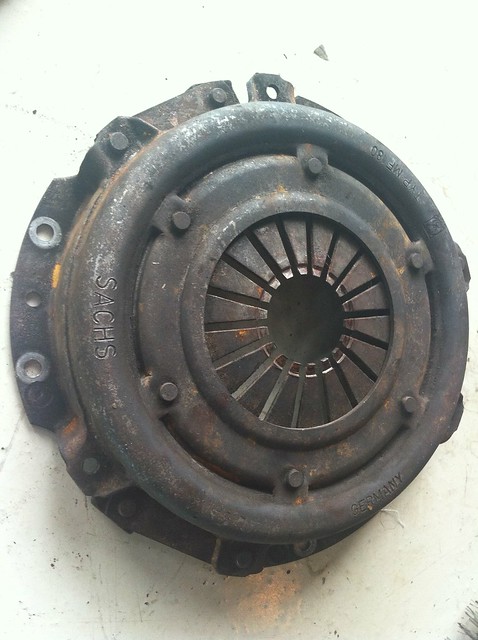I'm finally close to having my X back on the road. Today I was hoping to have it move under it's own power for the first time in about 6 years. Unfortunately my clutch seems to be giving me some problems. Here's the rundown:
I'm not sure what to check next without pulling the trans. The only thing I can think off is that I put the friction disk in backwards. This car does have a very light aluminum flywheel that I have never seen before, but accepts standard clutch and PP (which I sourced from MWB). Any insights on what it may be? I don't think the release arm is bent.
- 1300cc engine, 4 speed transmission
- Gearbox goes into all gears and reverse with engine shut off
- Car will NOT go into any gear with engine running and clutch pedal depressed
- new clutch and pressure plate
- new master and slave cylinders
- clutch arm actuation is about 1 1/8"
- gearbox was gone though by a friend familiar with rebuilding manual transmissions.
- clutch pedal goes to the floor with no effort, even though I've bled the hydraulic system about 5 times. no apparent leaking from the hydraulic system and I"m pretty sure no air in the system.
I'm not sure what to check next without pulling the trans. The only thing I can think off is that I put the friction disk in backwards. This car does have a very light aluminum flywheel that I have never seen before, but accepts standard clutch and PP (which I sourced from MWB). Any insights on what it may be? I don't think the release arm is bent.



